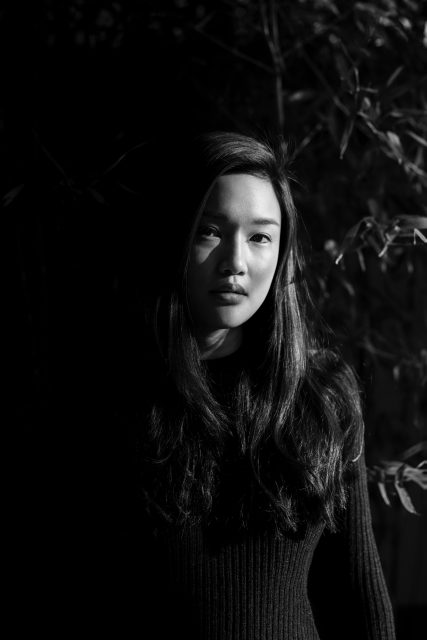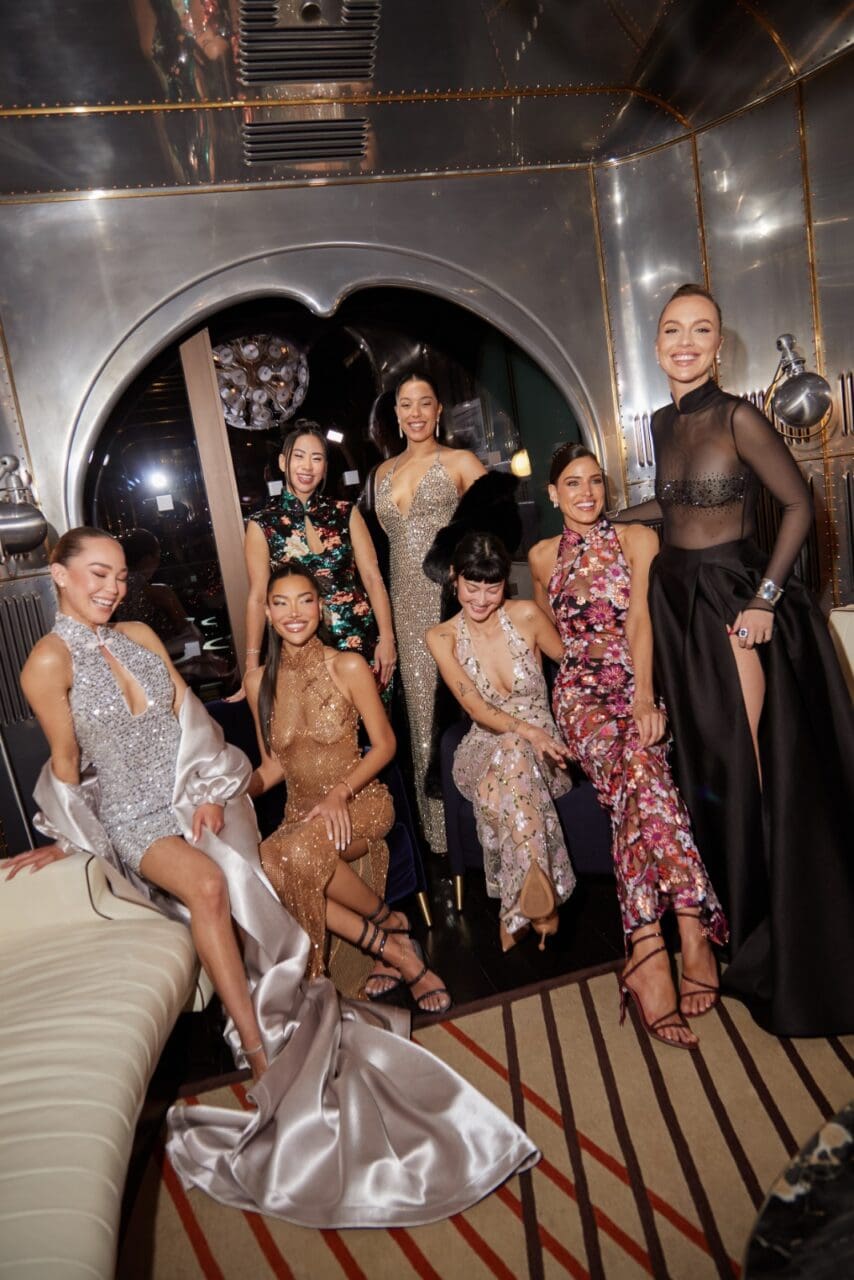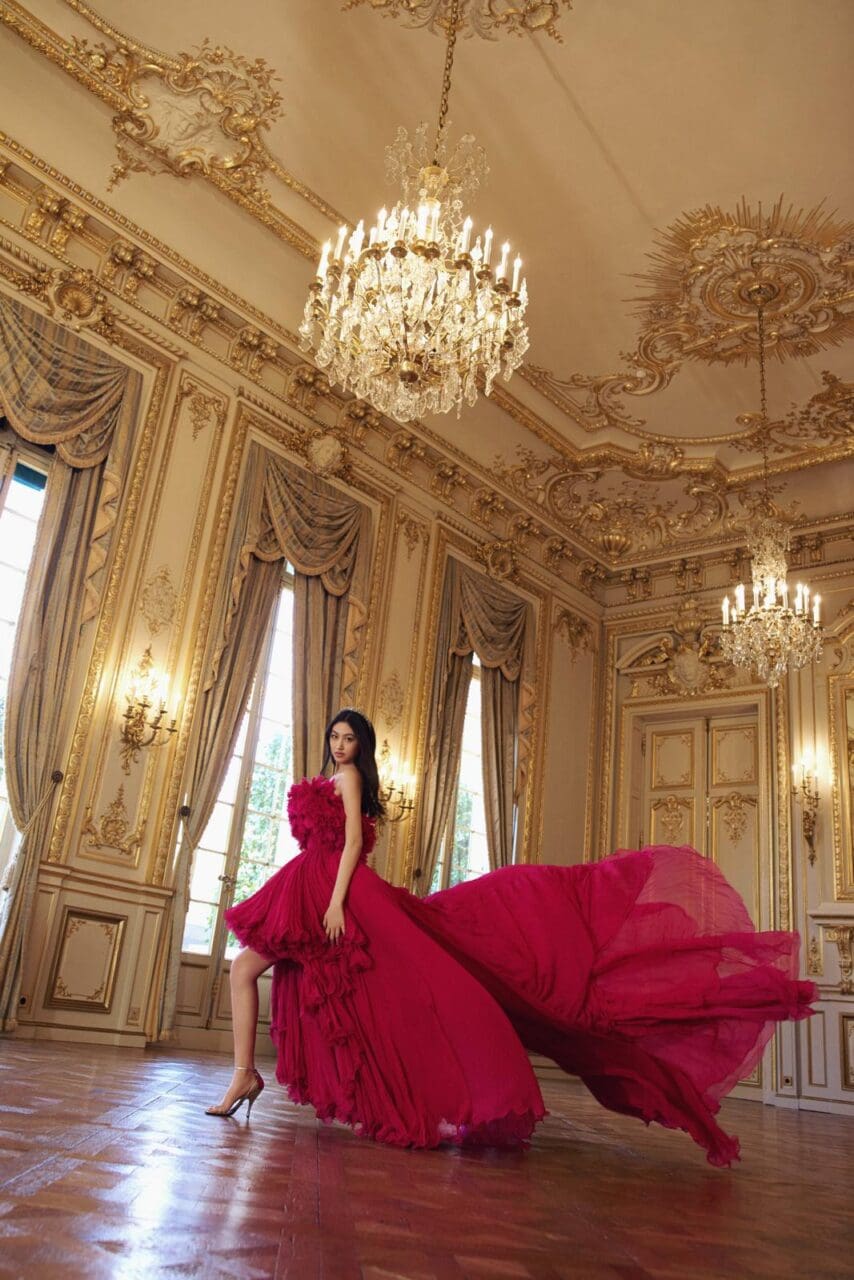At the beginning of the pandemic, when people across the globe were in lockdown, articles and images were being shared of how nature and animals were returning to urban environments and quickly thriving without the presence of humans. Witnessing how Mother Earth began healing itself was both inspiring and eye-opening, showing how it’s the small things we do every day that contribute to a better future. Because of this, 2020 has incited something of a wake-up call not just for consumers to be more environmentally conscious, but for brands to start considering their broader actions more seriously as well.
In previous years, we’ve noticed an uptick in brands shifting towards using more eco-friendly materials and packaging in their products. Usually this has included smaller capsule collections focused on recycled fabrics or one-off collaborations raising money for environmental charities. However, as consumers solidify concerns for the environment and demand more sustainable products, brands are responding with more creative and long-term “green” solutions.
Fashion brands that have long been at the forefront of sustainable methodologies include Stella McCartney, H&M and Reformation, whether through the use of recycled fabrics, collecting second-hand clothing for reuse or resale, or working to create classic quality pieces that simply last longer.
niin‘s motto of ‘treading lightly on the earth’ stems from our mission to be a part of and support a circular economy, a closed loop whereby materials and components are able to be reused, resulting in as little waste as possible. We use recycled materials in our packaging, and started sourcing offcuts over a decade ago which are seen up-cycled in our inlaid pieces. This has now further evolved into the use of driftwood and including more recycled metals in our core product, as well as reusing stones from older designs for new capsule collections.
By considering the materials we have available to us at the beginning of our collection ideation ensures that we’re more likely to keep our production footprint smaller. Using recycled or up-cycling materials is traditionally more difficult in production so we have had to be more creative in this process, thinking outside the box and taking everyone on the journey with us.
niin Zayah Cuff, from the Vida collection, using upcycled wood and shells
The support from our customers for our environmental mission has been overwhelming and we hope it only continues to grow post-pandemic. There will always be more that we can do for Mother Earth to keep ourselves and our planet healthy for many years to come, and for the future of our children.
Editor
Jeanine Hsu








